Increased Regulatory Pressure
The coagulant market is significantly influenced by increased regulatory pressure from environmental agencies in the US. Stricter regulations regarding water quality and wastewater treatment are compelling municipalities and industries to invest in effective coagulant solutions. The EPA's National Pollutant Discharge Elimination System (NPDES) permits require facilities to meet specific effluent limitations, which often necessitate the use of coagulants. This regulatory landscape is expected to drive the market, as compliance becomes a priority for water treatment facilities. The financial implications of non-compliance can be substantial, further incentivizing the adoption of advanced coagulant technologies to ensure adherence to environmental standards.
Rising Demand for Clean Water
The increasing demand for clean and safe drinking water in the US is a primary driver for the coagulant market. As urban populations grow, the pressure on water treatment facilities intensifies, necessitating effective coagulant solutions to ensure water quality. According to recent data, the water treatment sector is projected to grow at a CAGR of approximately 5.5% through 2027, highlighting the need for efficient coagulants. This trend is further fueled by public awareness regarding waterborne diseases and the importance of maintaining high standards in water quality. Consequently, the coagulant market is likely to experience significant growth as municipalities and industries invest in advanced coagulant technologies to meet regulatory standards and consumer expectations.
Industrial Growth and Wastewater Treatment
The expansion of various industries in the US, including manufacturing, food processing, and pharmaceuticals, is driving the coagulant market. These sectors generate substantial amounts of wastewater, which requires effective treatment to comply with environmental regulations. The US Environmental Protection Agency (EPA) has set stringent guidelines for wastewater discharge, compelling industries to adopt advanced coagulant solutions. The market for coagulants in wastewater treatment is expected to grow, with estimates suggesting a value of over $1 billion by 2026. This industrial growth necessitates the use of coagulants to enhance the efficiency of sedimentation and filtration processes, thereby ensuring compliance with environmental standards.
Growing Awareness of Environmental Sustainability
Growing awareness of environmental sustainability among consumers and industries is a crucial driver for the coagulant market. As stakeholders increasingly prioritize eco-friendly practices, there is a rising demand for sustainable coagulant solutions. This trend is reflected in the shift towards natural coagulants derived from renewable resources, which are perceived as less harmful to the environment. Market Research Future indicates that the demand for sustainable coagulants is expected to increase by approximately 20% over the next five years. This shift not only aligns with corporate social responsibility initiatives but also meets consumer expectations for environmentally responsible products, thereby propelling growth in the coagulant market.
Technological Advancements in Coagulation Processes
Technological advancements in coagulation processes are reshaping the coagulant market. Innovations such as the development of bio-based coagulants and enhanced polymeric coagulants are gaining traction. These advancements not only improve the efficiency of coagulation but also reduce the environmental impact associated with traditional chemical coagulants. The market is witnessing a shift towards more sustainable and effective solutions, with research indicating that bio-based coagulants can reduce sludge production by up to 30%. As industries and municipalities seek to optimize their water treatment processes, the adoption of these advanced technologies is likely to drive growth in the coagulant market.




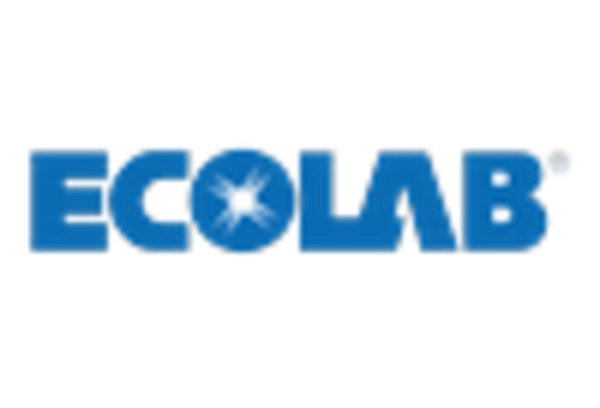
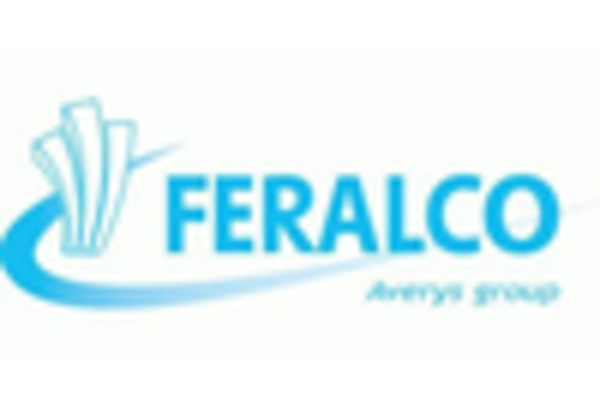
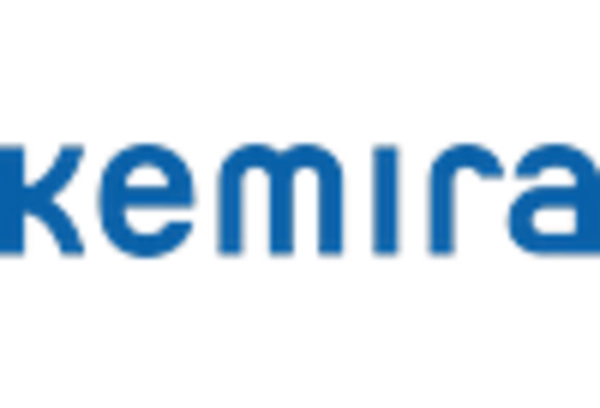
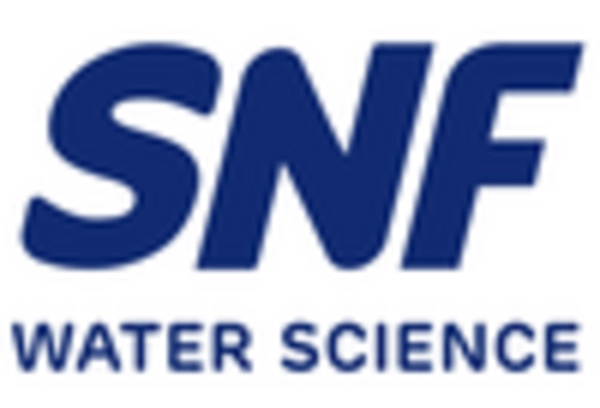
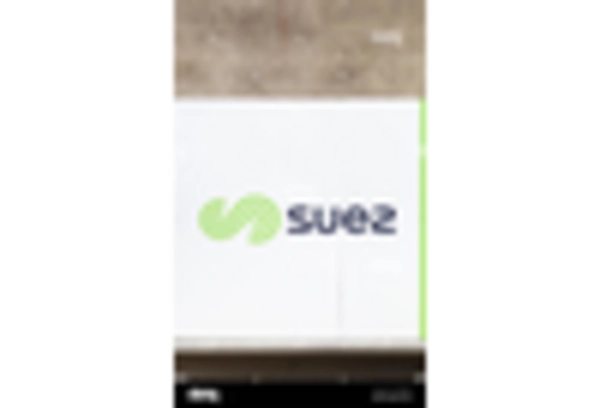








Leave a Comment